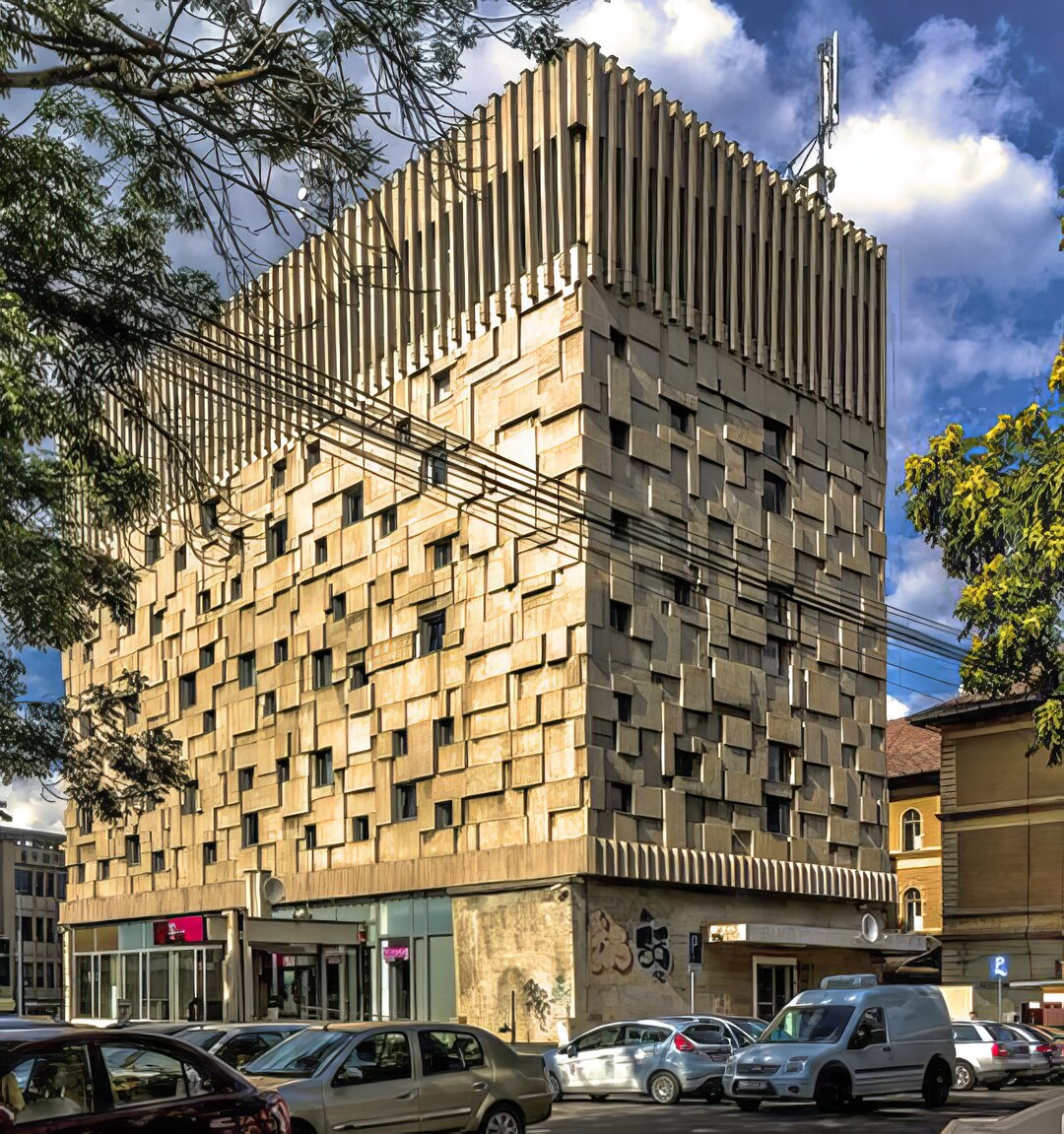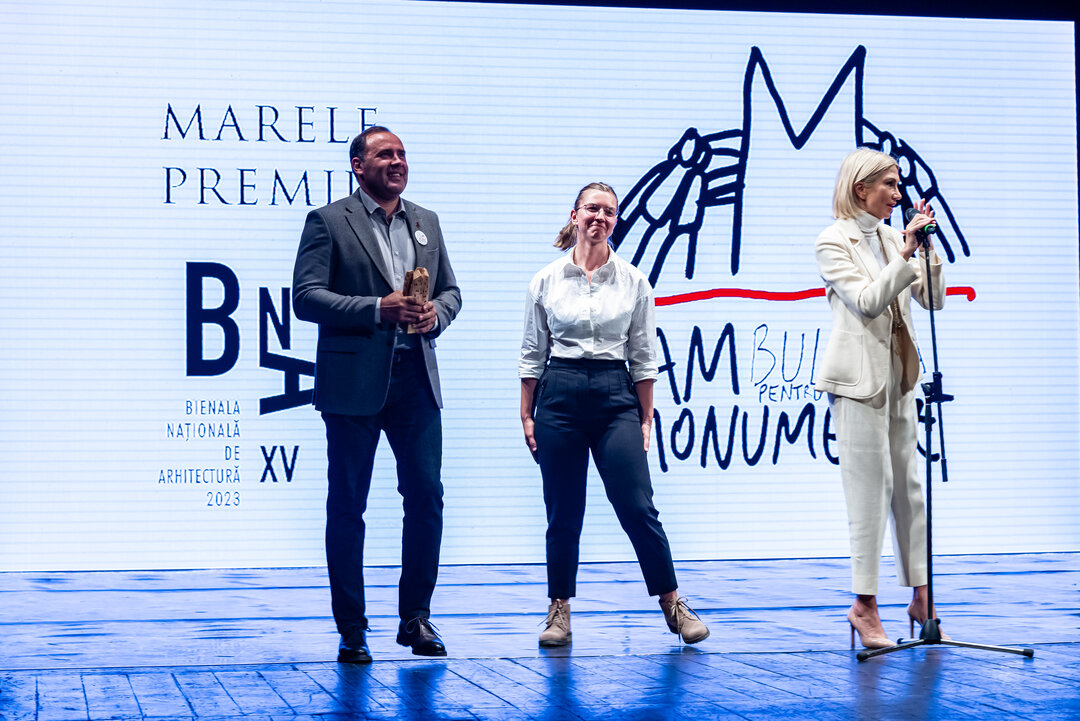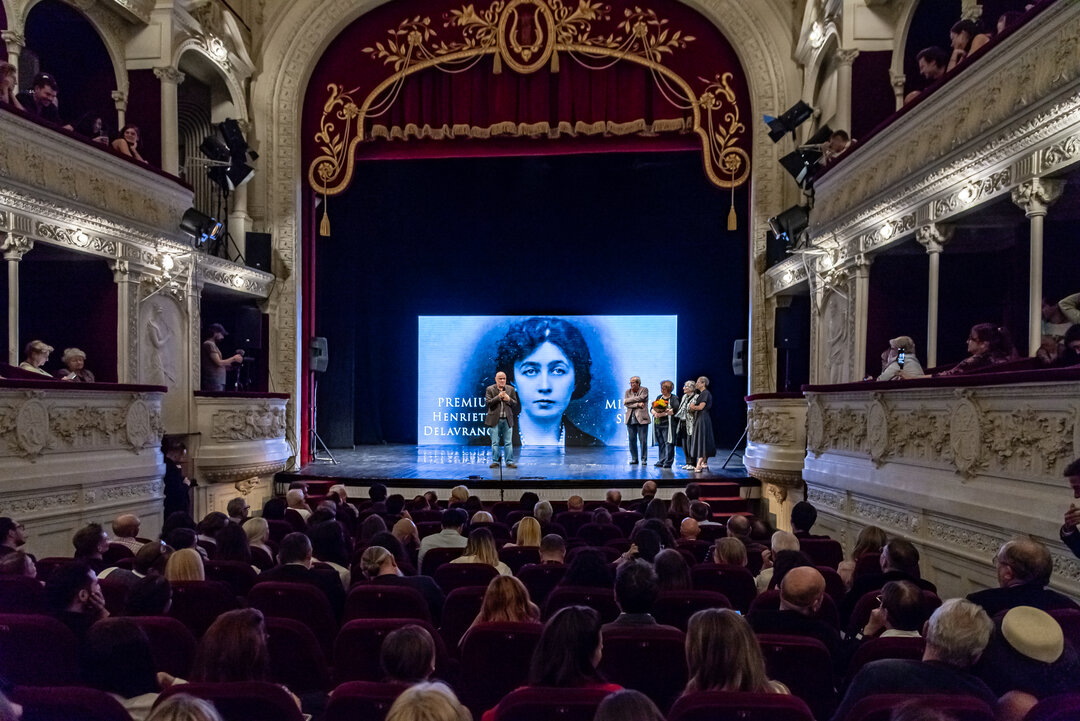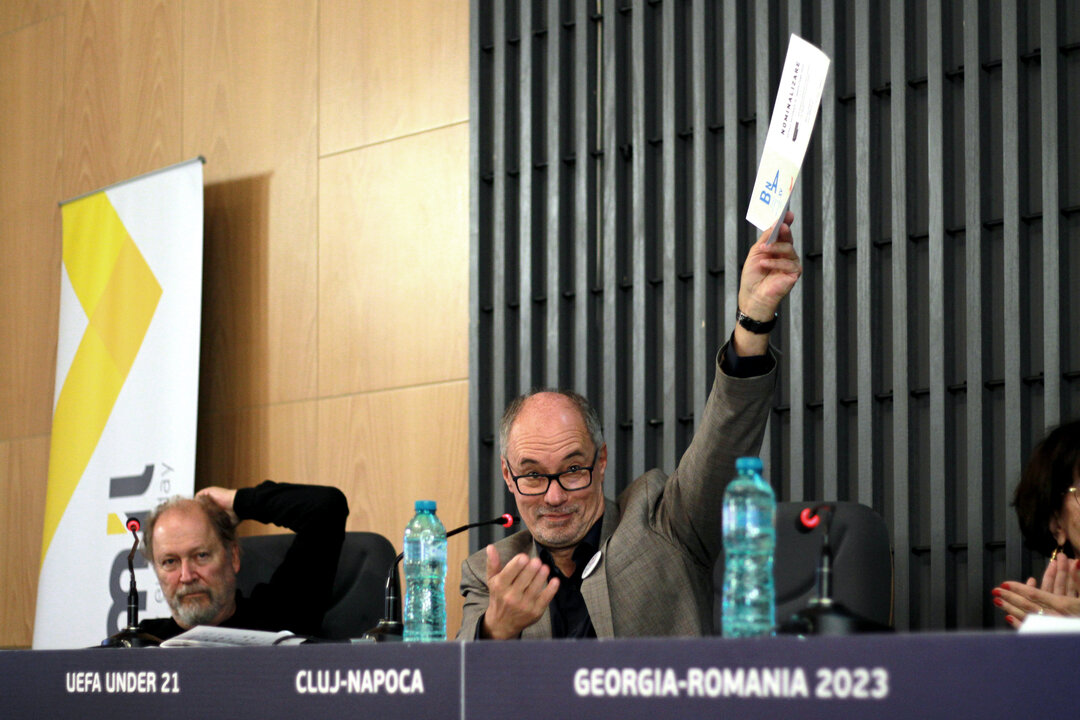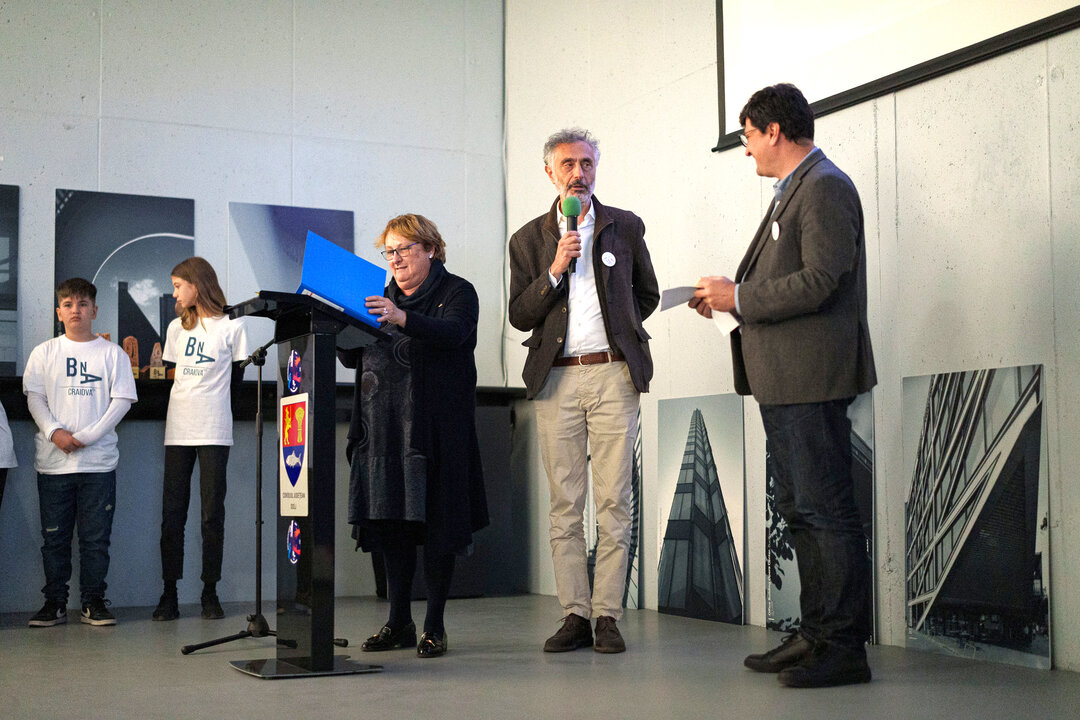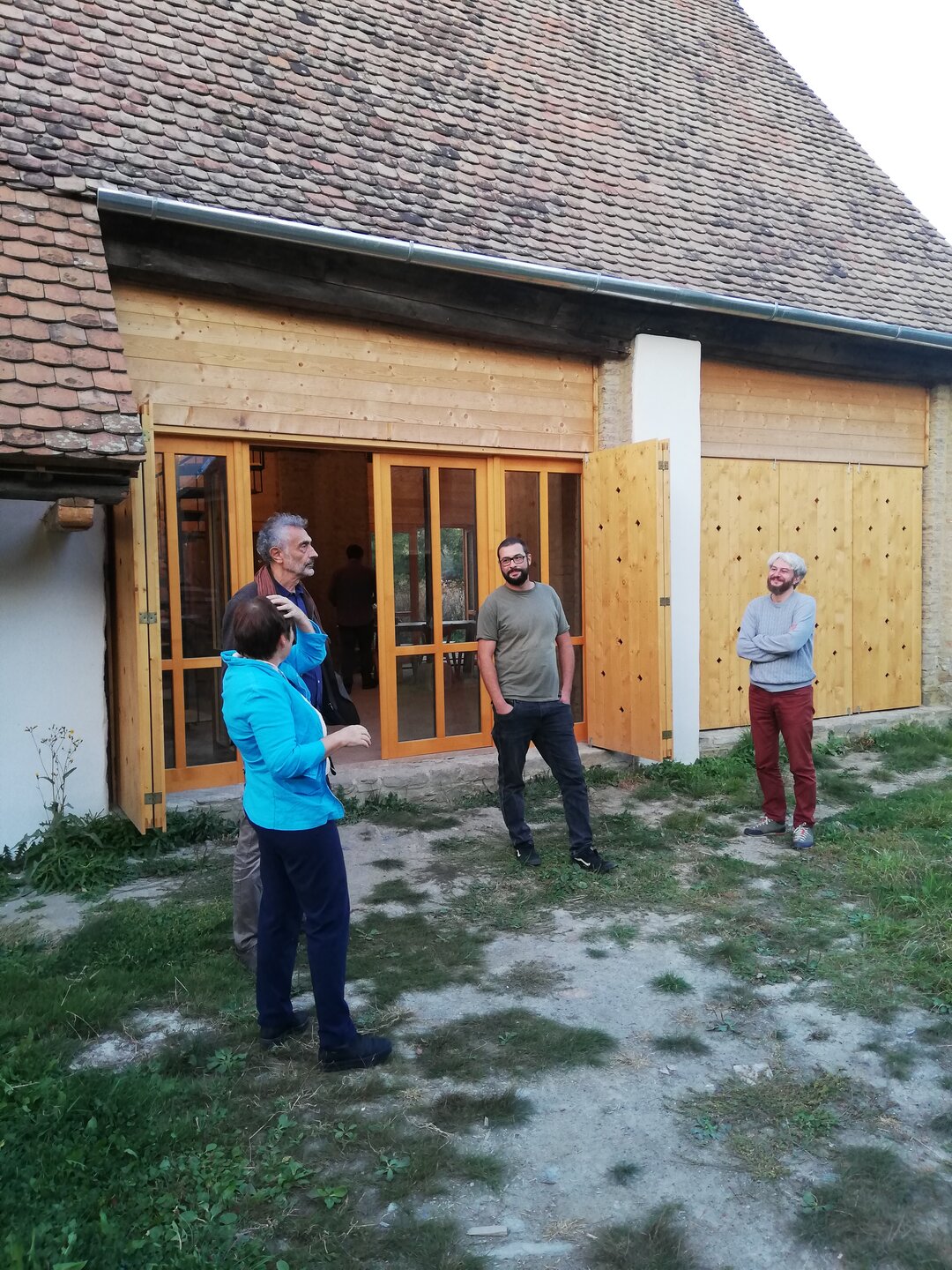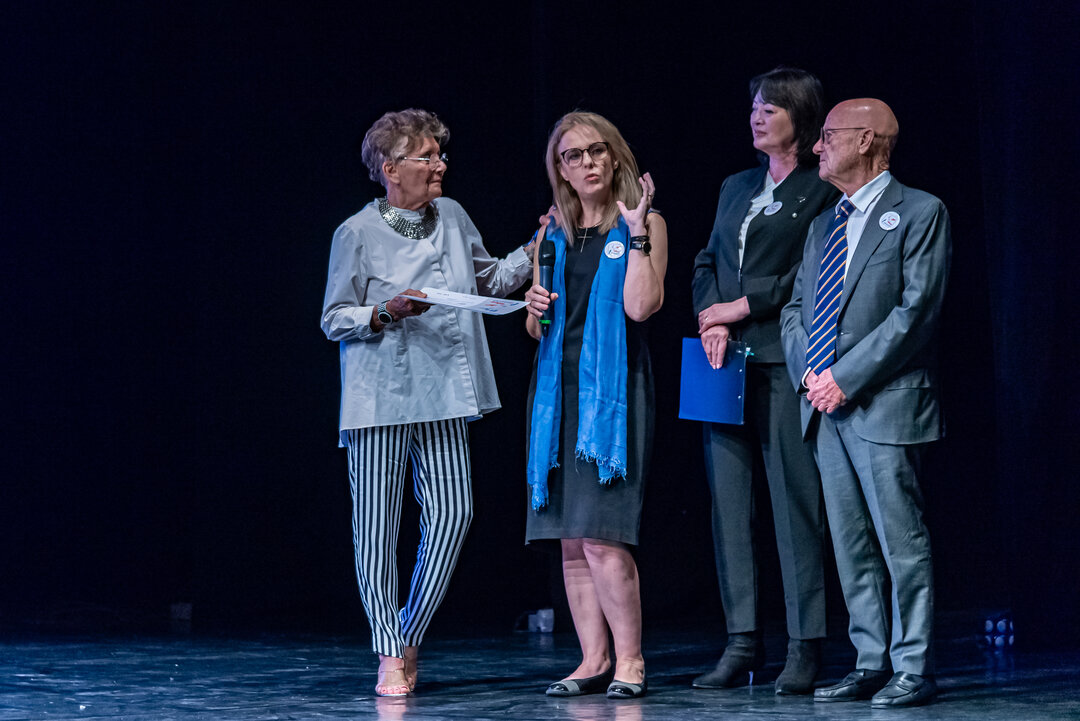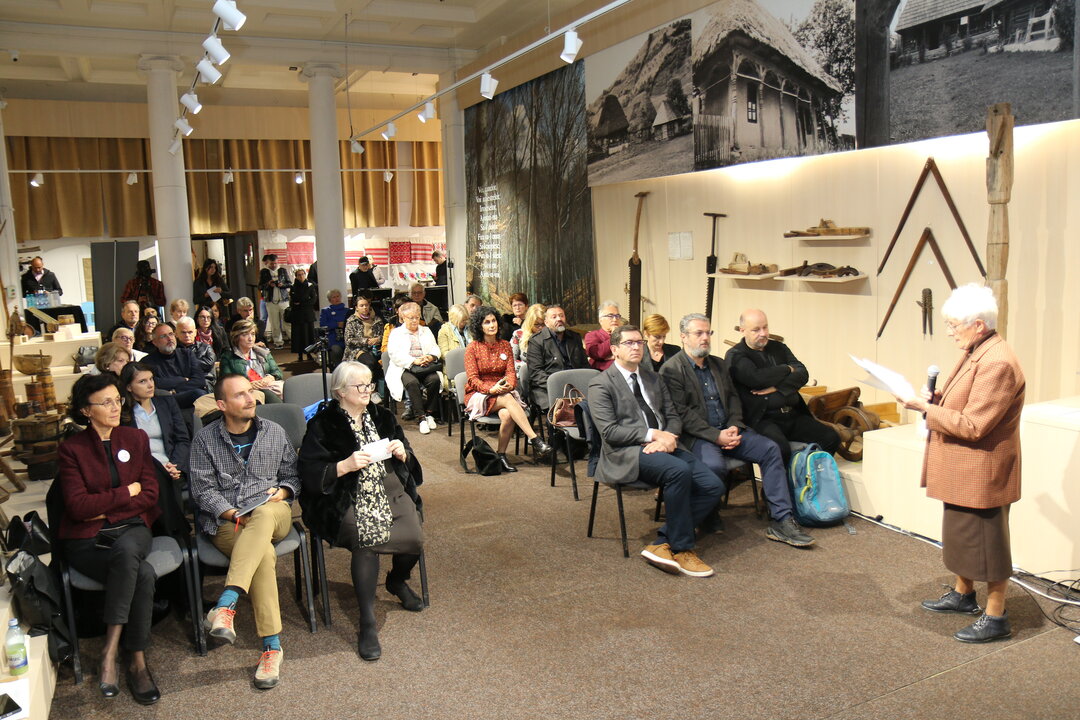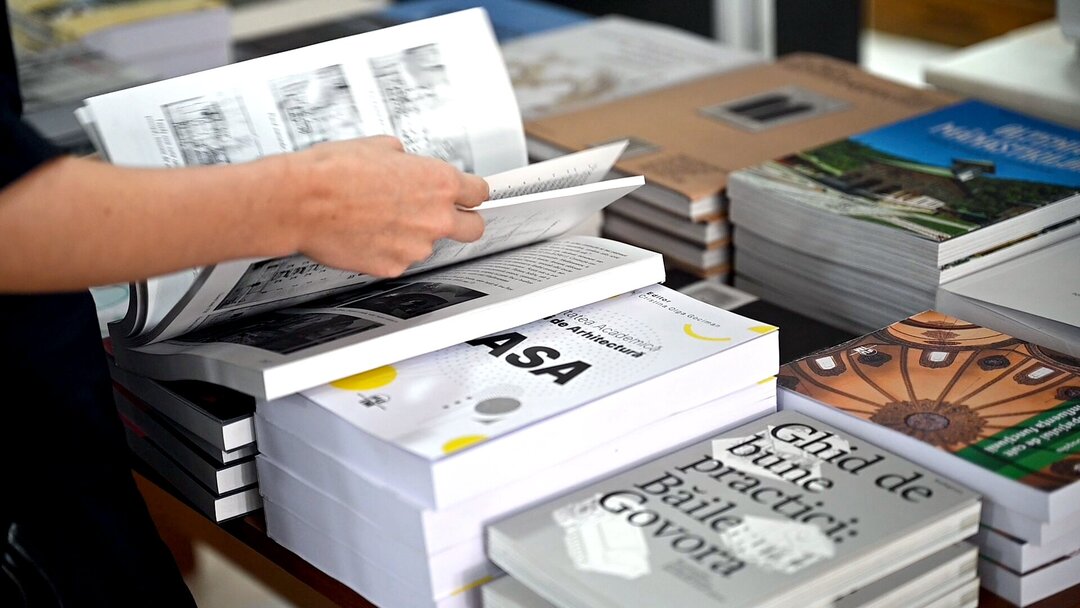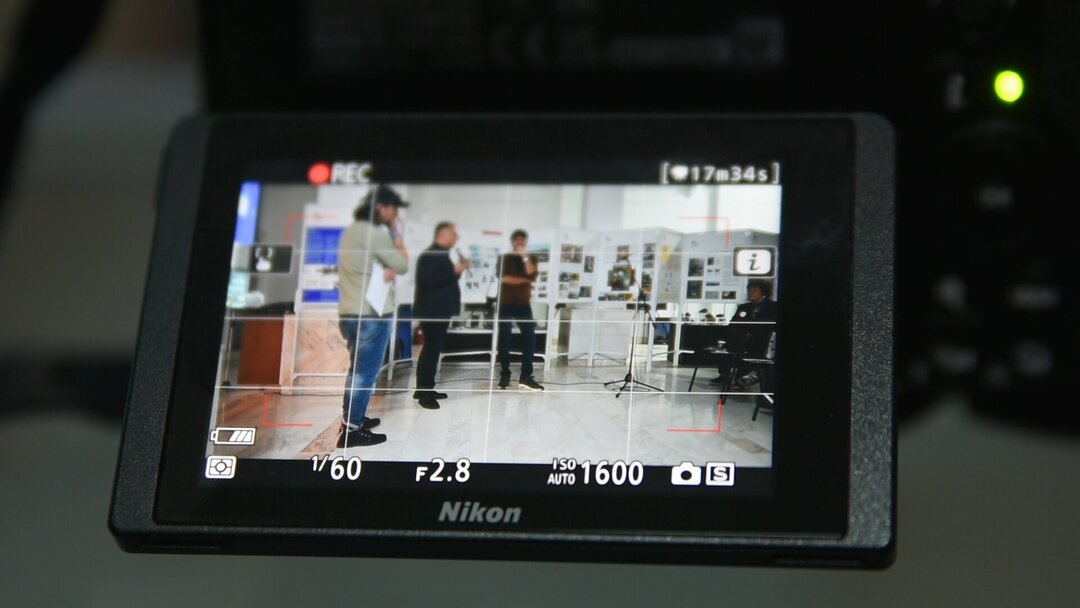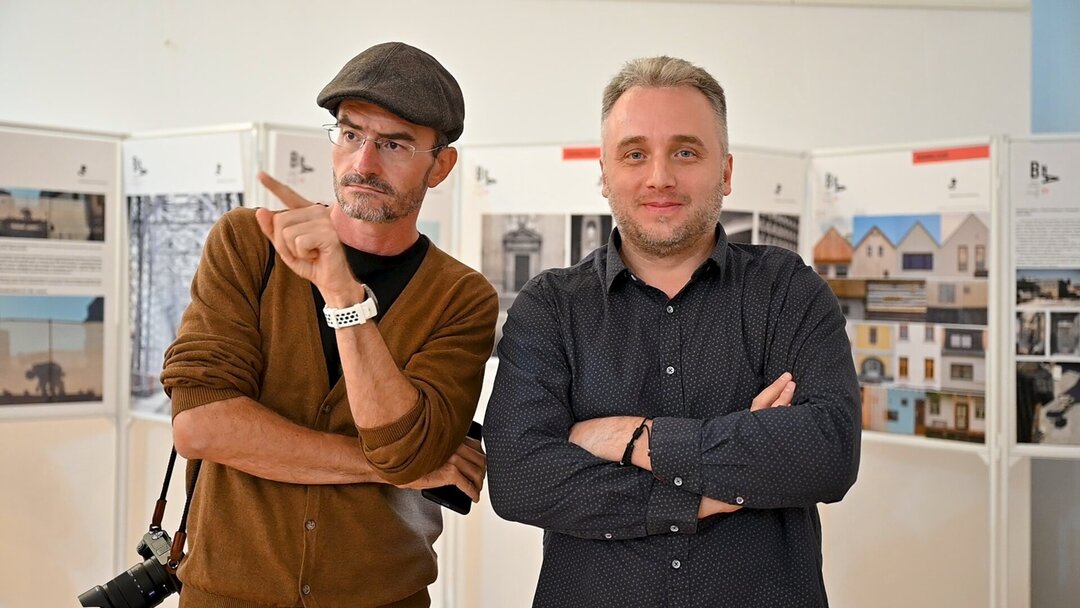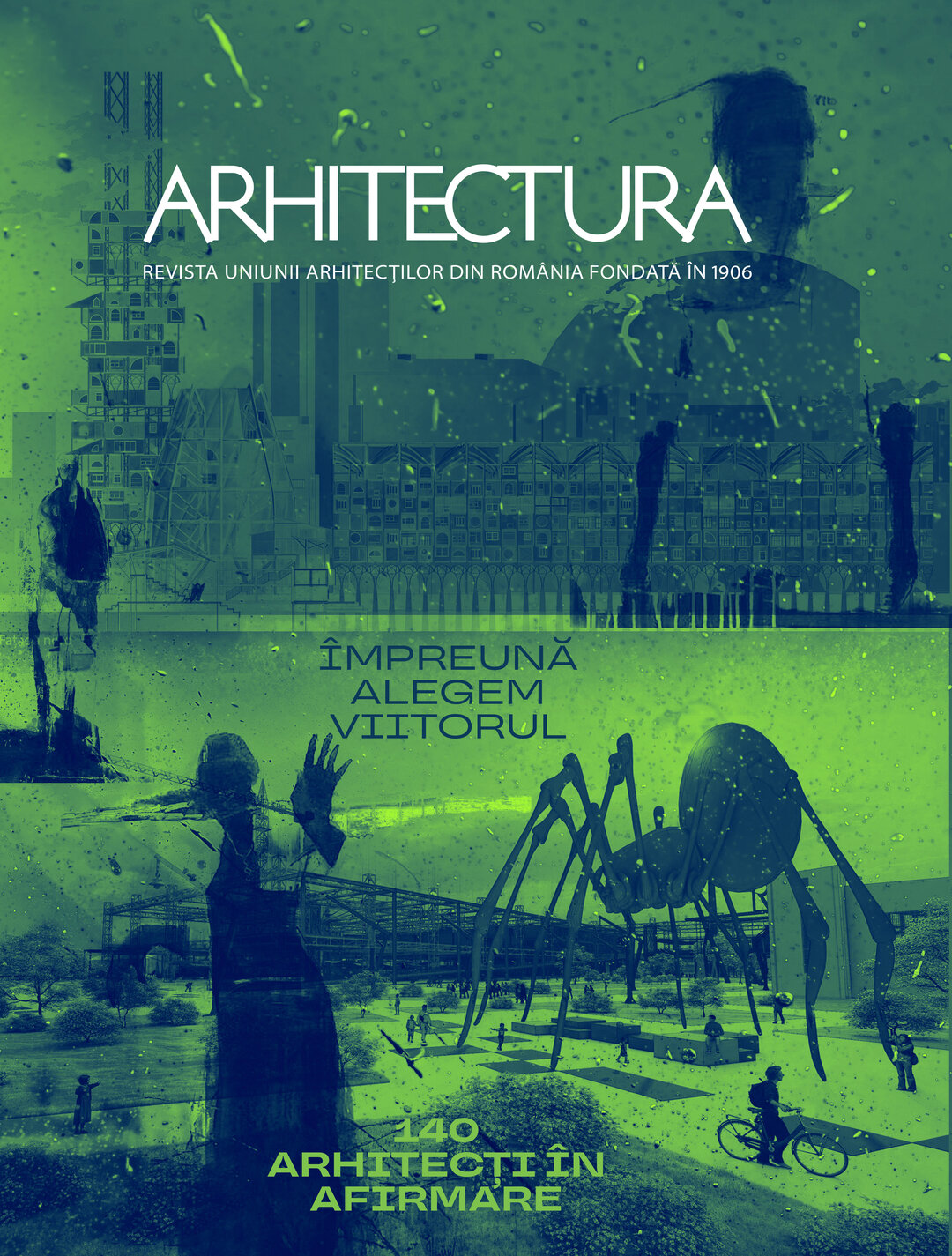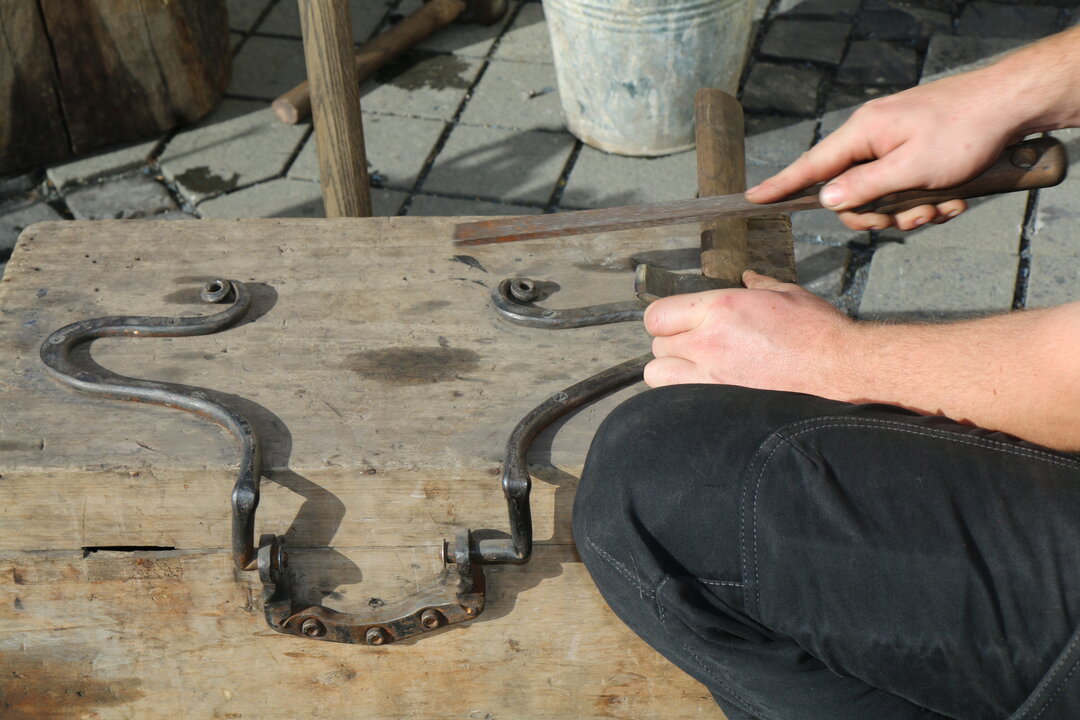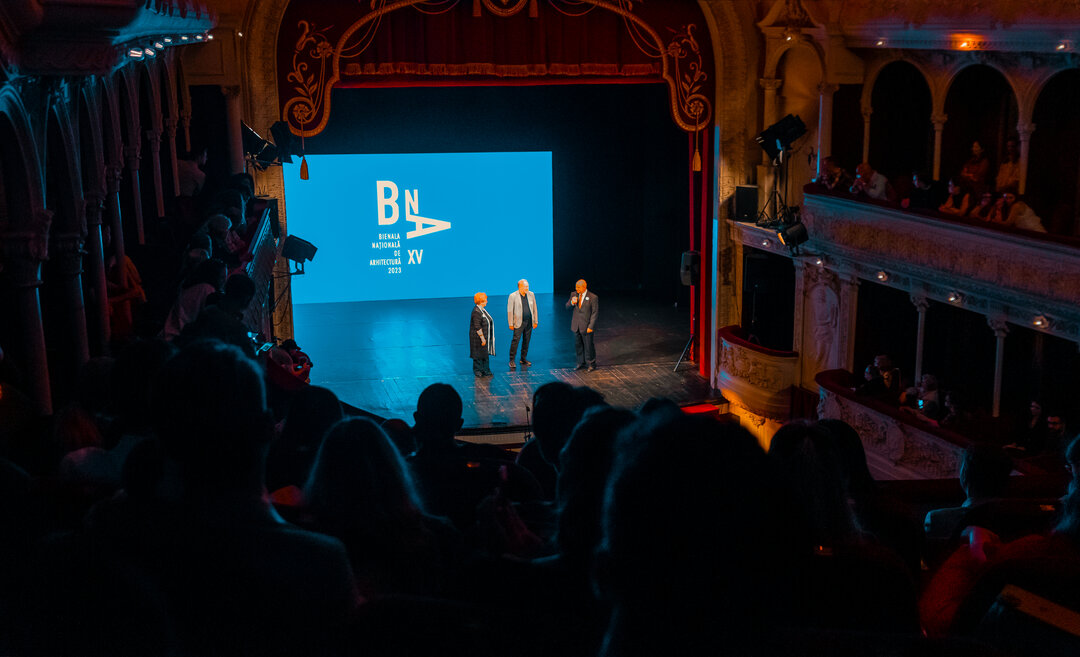
Exploring current trends in interior architecture: recap of the National Biennale of Architecture 2023

The Interior Architecture section provided an exciting platform for us, the jury members, to explore creativity and innovation in projects realized and implemented nationwide over the past two years.
Identifying the context
In recent years there has been a growing demand for interior architectural services from both real estate developers and individual homeowners as a result of increased interest in aesthetics and functionality in living and business spaces.
Thus, in the development of modern residential projects and developments, in the hospitality industry and beyond, there is an increasing emphasis on interior design. The influence of interior architecture has become a crucial element in attracting customers.
The interior design sector has gradually become a transparent message of economic and social status, becoming a messenger of social and economic belonging to a growing segment of the population that recognizes the importance of aesthetics and functionality in lifestyle.
General considerations
During the days of judging, we were able to identify a number of attributes specific to this edition, which gave us an insight into the development directions of the field. These directions could be summarized in a few principles:
- Variety and diversity: the 120 projects reflected a wide range of styles, techniques and approaches. This diversity was able to give us a panoramic view of the national evolution of interior architecture at that time.
- Emerging trends: the common themes that emerged in these projects, such as the adoption of advanced technologies, the focus on sustainability, the intelligent use of space, shed light on the acceleration of these trends in Romania.
- Quality of execution: it was possible to notice the high level of quality in the execution and implementation of these projects. This level of performance highlighted the improvement of implementation and execution standards at national level.
- Impact: it is evident that the projects studied have a positive impact on the communities concerned, bringing innovations in public or private indoor spaces and improving the quality of life of the inhabitants. We can speak of a clear evolution in the creation of aesthetically pleasing and functional environments and spaces that directly serve society as a whole.
In conclusion, it can be said that the 120 projects not only demonstrated a trend of significant development of interior architecture at the national level, but also illustrated a comprehensive picture of the potential of this design segment at the national level.
Details
The commission I had the honor to be part of was also composed of dr. arh. Agostino Bossi and dr. arh. Tomnița Florescu.
As a member of the jury, I can say that I had the opportunity to evaluate some remarkable works, each reflecting unique interpretations. The 120 projects submitted to the competition unequivocally reflected a complex evolution of interior architecture at a national level in the last two years.
The analysis of each project was guided by criteria such as innovation in design, functionality of the space, efficient use of resources, creativity in the use of materials, adaptability of the project to the specific needs of the users.
The selection process led to intense and reasoned debates, highlighting the importance given to each individual project.
Out of the 120 projects submitted, 12 were chosen, from which the jury decided to award two prizes ex aequo, thus recognizing the exceptional quality of two distinct projects: "History reborn - Cafeneaua Veche 9", (authors: arch. Irina STOICA, arch. Daniela ULEA, arch. Maria MOTA) and "MP Apartment" (Attila KIM Architects - Attila KIM, Alexandru SZŰZ POP, Gabriel CHIȘ BULEA).
The project "History reborn - Cafeneaua Veche 9" (authors: arch. Irina STOICA, arch. Daniela ULEA, arch. Maria MOTA), is a careful intervention on a building from 1812, in the Old Town, a meeting place of the elite of the past, with personalities of Romanian culture: Mihai Eminescu, Veronica Micle, Ion Luca Caragiale and King Carol II. The architectural intervention makes no changes to the existing compartmentalization, and the space brought to light and arranged in an articulated way caught our attention from a first glance.
The project "Apartament MP" (Attila KIM Architects - Attila KIM, Alexandru SZŰZ POP, Gabriel CHIȘ BULEA) reveals the arrangement of an apartment, piano nobile, located in an 18th century building, located in the pedestrian area in the center of Cluj-Napoca. The renovation of this generous apartment has as its focal point an impressive collection of contemporary art, which determined the choice of the stylistic language, the spatial recompartmentalization and functional reorganization. Starting from an integrative concept of the artworks, the architectural approach of this arrangement has led to a coherent result that demonstrates craftsmanship and care.
In conclusion
Reflecting on this event, I wonder how we can become more involved in supporting and promoting interior design. Every interior space, whether public or private, is a new opportunity to bring aesthetics and functionality together in people's lives. Interior design can create spaces that inspire and continuously, substantially and undoubtedly improve the quality of our daily lives.
This conclusion invites the reader to reflect deeply on the essential role of interior architecture in our private lives and in the public life of the city.

